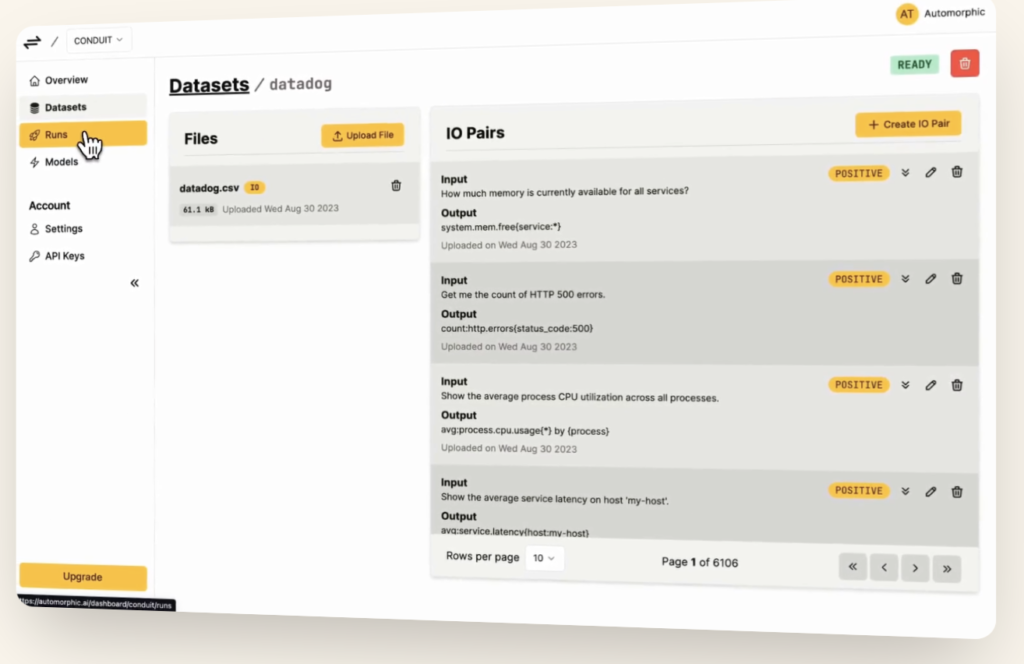Developing and refining language model systems poses many challenges, especially when it comes to fine-tuning. Google and Meta engineers spend twelve to eighteen months transitioning a model from research to production, refining it iteratively to meet quality thresholds. However, not all businesses have the resources to dedicate to such a lengthy process.
Enter Automorphic, a startup that simplifies the creation and enhancement of personalized, fine-tuned models. With Automorphic, programmers can easily go from raw data to a production-ready language model in just a few minutes.
What Does Automorphic Offer?
Automorphic allows developers to enhance their bespoke language models effortlessly. By inputting raw text data, running fine-tuning processes, and continuously tweaking the model, users can improve their models quickly.
Transitioning to Automorphic is as simple as changing a single line of code to point to its endpoint instead of OpenAI’s API. Users can experiment with inference and reinforcement learning from human feedback to enhance their models further. Additionally, they can train adapters with more data and combine them as needed.
Moreover, Automorphic provides a platform for testing existing models and publishing customized ones.
Key Product: Conduit
Conduit, one of Automorphic’s main products, helps incorporate knowledge into language models, surpassing context-window limitations. By creating behavior or knowledge adapters and mixing them as necessary, users can expedite the model deployment process. Conduit works seamlessly with the OpenAI API, enhancing datasets to improve models continuously over time.
With Conduit, users can easily load and stack fine-tuned adapters, focusing on refining and tweaking without worrying about performance or deployment issues.
In Conclusion
Automorphic enables developers to efficiently transform raw data into customized language models for production, which evolve over time. By using products like Conduit, developers can save time and resources when building domain-specific language models.


